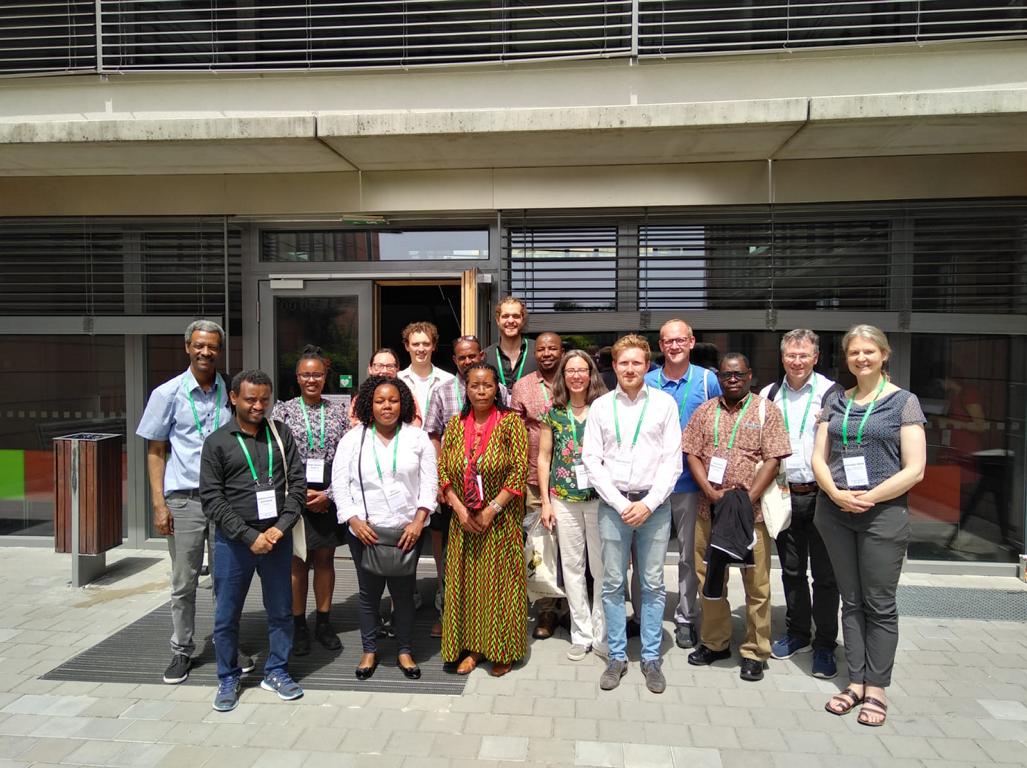The current biodiversity crisis is particularly pronounced in the tropics, where demographic pressures are high and many ecosystems are vulnerable. Intact ecosystems provide important habitats for animals and plants, as well as various ecosystem services for humans, thus supporting the quality of livelihoods. It is therefore important to conserve biodiversity not only in nature reserves but also in anthropogenic landscapes. In this context, the involvement of local communities plays a central role and strongly influences people’s attitudes and behaviour towards nature and nature conservation. Today, exclaves of remaining natural ecosystems are primarily protected areas such as nature reserves, but often also sites of cultural significance. The conservation of cultural sites combines the protection of people’s culture and biodiversity. Both culture and biodiversity can have a positive impact on the surrounding landscapes. Within the project, we are building a transdisciplinary network of researchers, students and stakeholders to study and learn about the significance of cultural forest sites. Therefore, natural and social science approaches will be closely linked in three successive phases.
Sub-project leader:
Project partners:
- Bahir Dar University, Ethiopia
- Pwani University Kilifi, Kenya
- Taita Taveta University Voi, Kenya
- University of Passau
- University of Vechta
- Paris-Lodron University Salzburg
- Senckenberg German Entomological Institute Müncheberg
Background and objectives:
- Strengthening, further development and consolidation of cooperation between German and East African actors from research and practice.
- Support and build capacity at African partner universities to promote important research and curricula in ecology, conservation biology, indigenous knowledge and various aspects of social sciences
Expected results:
- Joint research in a transdisciplinary network of European and East African researchers and students.
- Assessing ecosystem health, understanding linkages and interactions for selected sites
- Identifying relevant stakeholders who can mediate potential improvements
- Implement ideas to restore and improve the environment and raise awareness of cultural and traditional values among local people




